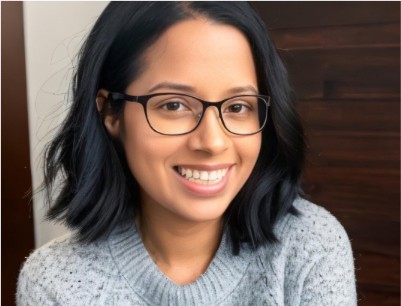Embarking on a journey as a UX designer from a diverse background in the technology sector, I’ve encountered a spectrum of challenges and enlightening moments. In this blog, I hope to share some of my personal experiences and learnings, emphasizing the essential value of diversity and inclusivity in the ever-evolving realms of design and technology.
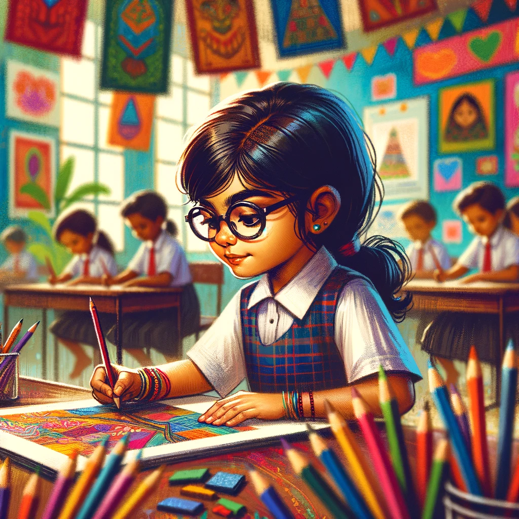
Embracing My Identity
Growing up in a South Asian family, I was always surrounded by a rich tapestry of culture, colours, and traditions. However, being neurodivergent made my experience unique. From a young age, I saw the world differently. Patterns, systems, and designs fascinated me, but the social nuances often eluded me. This combination of cultural depth and neurodiversity shaped my perspective as a designer.
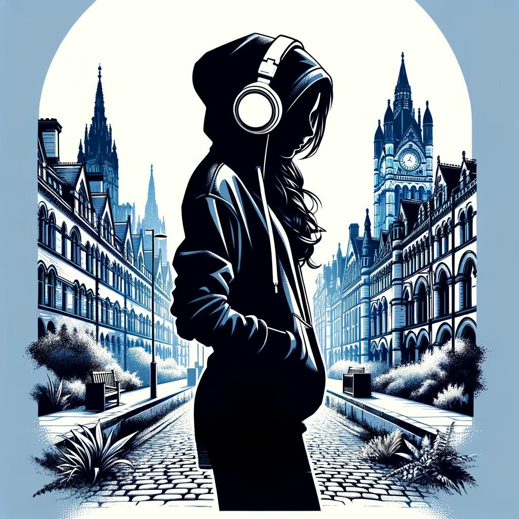
Finding My Path
Entering creative and tech industries, I quickly realized the lack of representation and understanding of neurodiversity. The fast-paced, efficiency-driven environment was often overwhelming. Yet, it was here that I found my calling in UX design. I saw an opportunity to bridge the gap between technology and people, particularly those who are often overlooked.
Overcoming Bias in Tech Through Inclusive Design
My experience as a UX designer has underscored a significant concern in the tech sector: the absence of diversity in research and design teams frequently results in the creation of products that fail to adequately serve a varied user demographic. This can inadvertently perpetuate a negative, regressive culture. This issue is not just about representation; it’s deeply rooted in the biases and prejudices that pervade the industry. As a neurodivergent person of colour, I’ve faced my share of challenges, from subtle biases to overt discrimination.
These experiences have reinforced the importance of diverse perspectives in all facets of technology development. It’s crucial to challenge and address the deep-seated biases that can lead to exclusionary practices. Inclusion goes beyond mere numbers; it’s about valuing and integrating the unique insights and experiences that come from a variety of backgrounds.
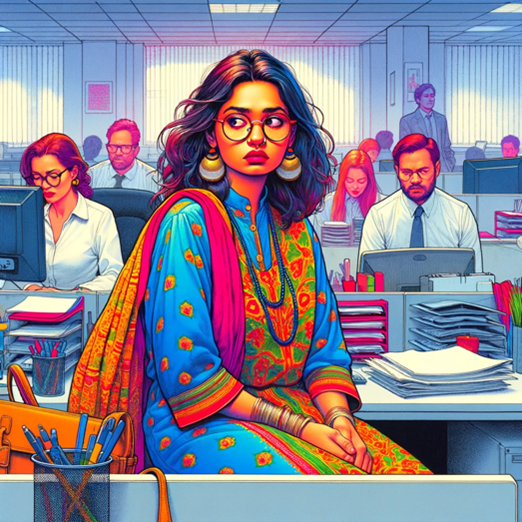
Challenges and Triumphs
One of the biggest challenges in my career has been advocating for digital inclusion. I’ve had to combat biases and stereotypes while also confronting the very real issue of idea appropriation from marginalized groups, a topic that is rarely addressed. My unique perspective has often led to ideas and suggestions that were not only initially dismissed but also later adopted without any acknowledgment.
This ongoing struggle of having one’s voice heard and respected is further compounded by the fact that as a person of colour, discussing mental health and well-being becomes even more complex amidst these experiences of discrimination. The intersectionality of my identity means navigating a landscape where advocating for oneself and one’s ideas is intertwined with challenging systemic barriers to mental health support and recognition.
These challenges, though daunting, have paved the way for significant triumphs. My unwavering commitment to inclusive design practices has not only led to successful projects enhancing user experiences for a diverse audience, but it also lays the foundation for a brighter future. By breaking down barriers and pioneering inclusive solutions, I am contributing to a world where the next generation hopefully won’t have to face the same hurdles. These achievements are more than personal victories; they are stepping stones towards a more equitable and accessible world for everyone.
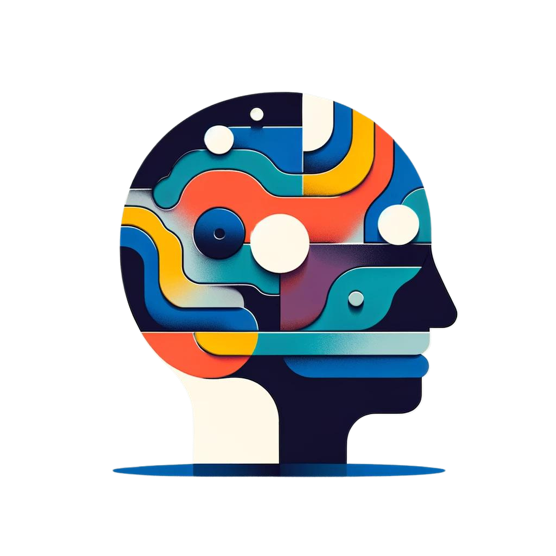
Advocating for Neurodiversity
As an advocate for neurodiversity, I believe that the workforce has much to gain from embracing different ways of thinking. Neurodivergent individuals often bring unique problem-solving skills, attention to detail, and innovative thinking. These traits are invaluable, especially in a fields of technology, where creativity and out-of-the-box thinking are key to ground-breaking solutions.
Looking to the Future
As I continue my journey, I am hopeful about the future of AI and technology. There’s a growing awareness of the importance of diversity and inclusion. I see more conversations about making tech accessible to all, regardless of their background or neurotype.
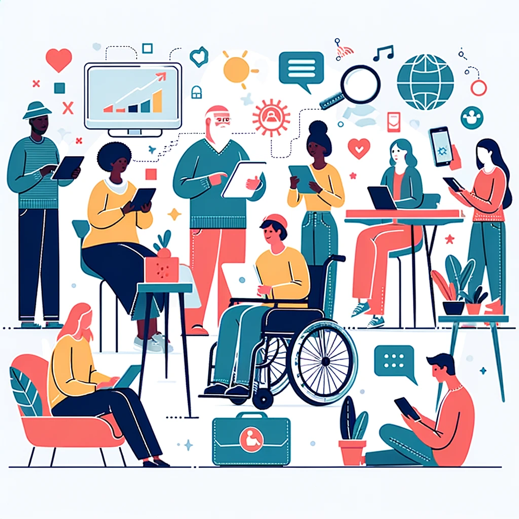
Conclusion: Embracing Unity in Diversity
In closing, I often reflect on a South Asian proverb that says “একতায় শক্তি” pronounced as “Ekatay shokti”(Bengali) meaning “Strength in Unity.” This saying, deeply ingrained in my cultural heritage, resonates profoundly with me. It embodies the essence of my work and advocacy. By uniting diverse minds, whether in culture, thought, or experience, we create products that are not just innovative but also empathetic and inclusive. This proverb is a guiding principle for me and for the design & tech community at large. It’s a reminder that our collective strength lies in our diversity. This is the future I am working towards – a future where technology is shaped by and for everyone, reflecting the true strength found in our unity and diversity.

